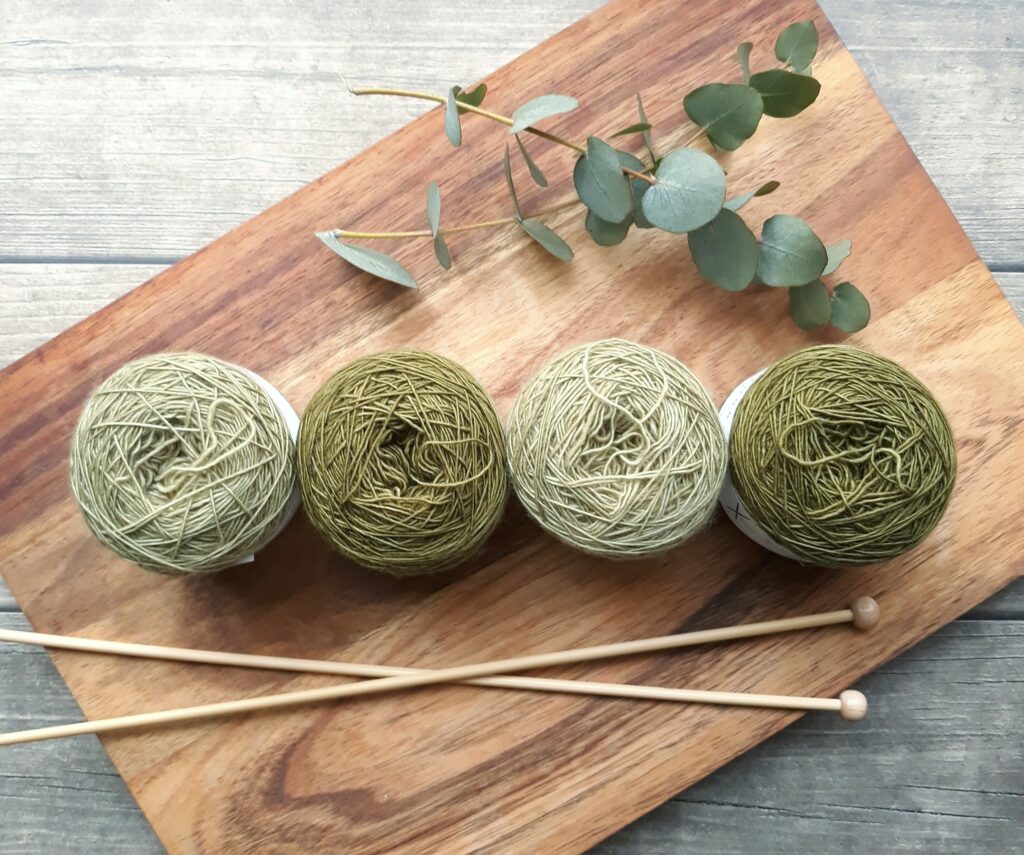In my last blog I presented a series of questions to guide my learning in this free inquiry project.
- How does using circular needles differ from using straight ones?
All of the knitting I’ve done has been on straight needles (apart from one attempted circular project that left me in actual tears), but after having received a set of circular needles for my last birthday, I wanted to look into what the differences and potential benefits might be of using circular ones. I’ve overlooked knitting certain patterns before because they called for circular needles, so learning to use these will certainly open up some doors for me.
Overall, what I’ve found is that once you get the hang of using them, using circular needles can be much more useful tools – as it turns out, there’s nothing you can do on straight needles that you can’t do on circular ones (at least that I’ve been able to find so far).
- What is the best way to utilize stitch markers?
The first thing I learned was that there is more than one kind of stitch marker – circular and locking. Circular markers act like stitches on the needle, and need to be moved as you go along. Locking stitch markers can be removed and added to any stitch at any time. Kind of like circular vs straight needles, locking stitch markers can be used for anything circular ones can do, but not vice versa.
Stitch markers can be used for a number of things. One way that I think will be particularly helpful to me as I begin my journey with circular needles is using stitch markers to mark the end of a row on my circular needles when knitting in the round, as it’s often hard to tell where the circle begins and ends. While this was the most obvious use to me, I realized there’s lots of different ways to utilize these little tools. Stitch markers can also be used to remind yourself of pattern changes, to mark where you’ve dropped a stitch, to count rows or cast-on stitches, and many other things.
Here are a couple of the most useful blog posts I found on the topic (so far, it seems like knitting blogs will be my best friends throughout this learning process):
Tin Can Knits – “How to Use Stitch Markers” by Alexa Ludeman
Alpaca Direct Blog – “How to Use Stitch Markers – 10 Clever Ways” by Kathleen Cubley
- What are some useful resources to learn specific stitches?
For this question, I think the answer may come as I begin the actual knitting process. However, I foresee blogs and YouTube videos as being the most helpful resources. That being said, I am also a part of two knitting groups on Facebook that I am looking forward to utilizing more – whether it be asking for specific advice, asking about where to find the best resources, or simply sharing my progress!
- Are different methods of blocking better for different projects?
This is another question that I will look into and address more in the future, as blocking occurs after a project is completed. I’m sure that more questions will pop up during the creation of my project, but I knew blocking was something I was already curious about as it’s a part of the knitting process that I’ve always overlooked. Once I decide on a project and complete it, I know this is a question I’ll be looking for an answer for.
Feature Photo by Anastasia Zhenina from Pexels


